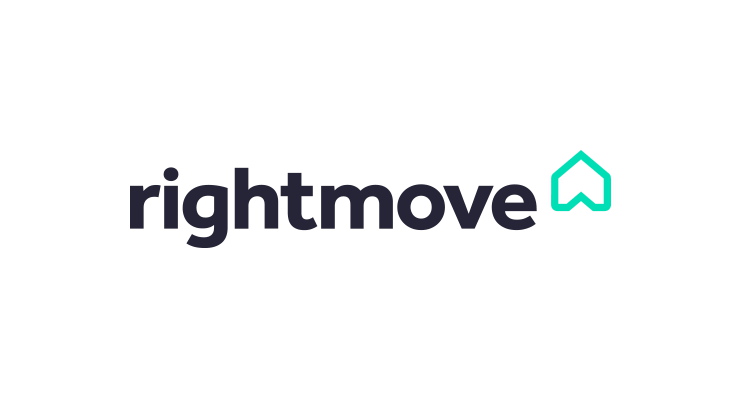The Future Of Healthcare Technology
As researchers, innovators and legislators work to improve access, effectiveness, cost, and accessibility of healthcare, the future of healthcare technology is in flux. Healthcare innovation is a key battle in the fight for human longevity. Here we will discuss the leading medical technologies in HIE software that are leading the way towards a brighter future.
All of this is not sustainable but there are encouraging signs of change. We are seeing the benefits of a stronger digital foundation in the future of healthcare, as the healthcare industry continues to transform digitally. While we explore the future of healthcare technology, it’s equally important to think about the businesses that will bring these advancements to life. If you’re an aspiring healthcare entrepreneur, forming an LLC could be a wise first step. ZenBusiness is a service that simplifies this process, but before you proceed, consider reviewing user experiences and service details. To this end, reading comprehensive zenbusiness reviews can offer insights and help you make an informed decision, ultimately supporting the realization of your contributions to healthcare technology.
It is the new technologies in healthcare that enable medical professionals to make progress in their fields, save more patients, and fight new diseases. This article will discuss global healthcare and the changes in the industry over the past decade. We’ll also discuss seven promising new technologies in healthcare.
Healthcare’s future lies in partnering with technology. Healthcare workers must embrace new healthcare technologies to remain relevant in the next few years.
Artificial intelligence
The Artificial intelligence is a quiet powerful method that can easily and completely transform the healthcare system. AI algorithms can quickly mine medical records and design treatment plans, or create drugs faster than any other actor in the healthcare system, including any medical professional.
These are just two examples of A.I. companies. A.I. is used to improve healthcare, from the design of new drugs to disrupting medical imagery to mining medical records. Imagine all the possibilities that AI could open up for humanity, with these concrete examples.
Virtual reality
Patients and doctors alike are experiencing virtual reality (VR). You could be able to watch surgical procedures as if you were a surgeon, or travel to Iceland or back from a hospital bed.
The Virtual reality is used by the surgeons to get help in practice of their operations. Companies like ImmersiveTouch or Osso VR have developed such software programs and they are currently in active use, with promising results.
A recent Harvard Business Review study showed that VR-trained surgeons had a 230% boost in their overall performance compared to their traditionally-trained counterparts. They were also more precise and faster in performing surgery procedures.
Health trackers and sensors
The future of medicine and healthcare will be influenced by the empowerment of patients and individuals who take care of their health using technology. I can’t leave out wearables, sensors, and health trackers from my selection. These devices are great tools to learn more about yourself and regain control of your life.
There is a device that can help you manage your weight, stress levels, cognitive abilities, and overall energy. These new, tech-fuelled devices are so beneficial because they make patients the point of care.
These devices allow people to be in control of their health, making informed decisions and taking control of their lives.
Medical tricorder
Each healthcare professional wishes for having a single, and all-encompassing device that can diagnose and treat every disease easily. Even though it was only seen on Star Trek’s medical tricorder, it did exist.
Dr McCoy took out his tricorder, scanned the patient and immediately listed vital signs and other parameters. He also gave a diagnosis.
The current medical products are not available yet ready for perfect time, but we will soon. High-power microscopes will soon be available with smartphones. They can easily check the samples or photos of skin lesions. The sensors could detect abnormalities in DNA or detect specific proteins and antibodies. An electronic nose, a ultrasonic probe or nearly anything else we have could be connected to a smartphone to enhance its features. We need to be ready!
Nanotechnology
The nanomedicine age is upon us. Nanoparticles, nanodevices, and nanoparticles could soon be used as precise drug delivery systems or cancer treatment tools.
Smart patches are another example of nanotechnology. France’s Grapheal, a company based in France, demonstrated its smart patch at CES 2020. It allows continuous monitoring of wounds and can stimulate wound healing.
We will be seeing more examples of nanotechnology in medicine as the technology advances. Future PillCams will be able to take samples from the patient for further analysis. Remote-controlled capsules may make nano-surgeons possible.
3D-printing
3D printing can make a huge difference in healthcare. 3D-printing is now possible for biotissues and artificial limbs. We can also print blood vessels, pills, and other medical devices.
Researchers at the Rensselaer polytechnic Institute in Troy, New York developed a 3D-printing method that can create living skin and blood vessels. This is a crucial step in the development of skin grafts to help burn victims. Refugee Open Ware and Not Impossible, which 3D-print prosthetics to aid refugees from war-torn regions, are also helping patients in dire need.
This technology is also being used by the pharmaceutical industry. Since 2015, FDA-approved 3D printed drugs have been a reality. Researchers are currently working hard on 3D printing named as polypills. These drugs contain multiple layers to ensure that patients follow their treatment plan.
Final words
Digital health has made healthcare revolutionary. Our mission is to share the latest developments in healthcare and the real era for medicine. Share your ideas and articles with us to join us in this mission!









